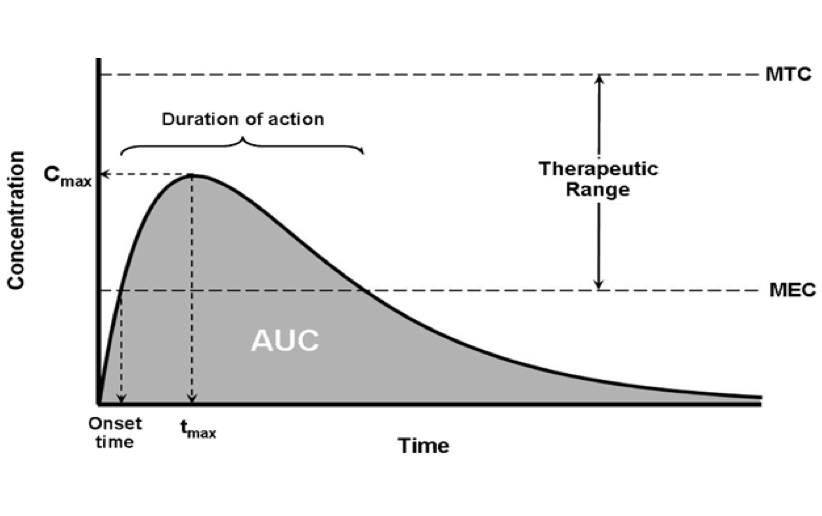Pain Medication Treatment Modeling Project
By Ricardo Cortez

Image source:
The role of pharmacokinetics and pharmacodynamics in phosphodiesterase-5 inhibitor therapy
N Mehrotra, M Gupta, A Kovar & B Meibohm
International Journal of Impotence Research 19, 253–264 (2007)
Module Description:
Using techniques developed in first-semester calculus, students have an opportunity to model the concentration of pain medication in a patient's bloodstream, in order to determine a dosage regimen that maintains levels between the minimum effective concentration and the maximum tolerance concentration. The project calls on students to establish modeling assumptions, develop a basic model, implement the model in the context of various dosage patterns, interpret the results, and formulate a preliminary recommendation. The project then calls on students to check the validity of the model and subsequently refine the model (and their recommendations) under revised assumptions.
Teaching Setting:
This project has been tested in the classroom, and is suitable for high school or undergraduate students who have studied a semester of calculus.
Citation:
Cortez, R. (2018). Pain Medication Treatment Modeling Project. Math Modeling Hub, QUBES Educational Resources. doi:10.25334/Q4WH77
|